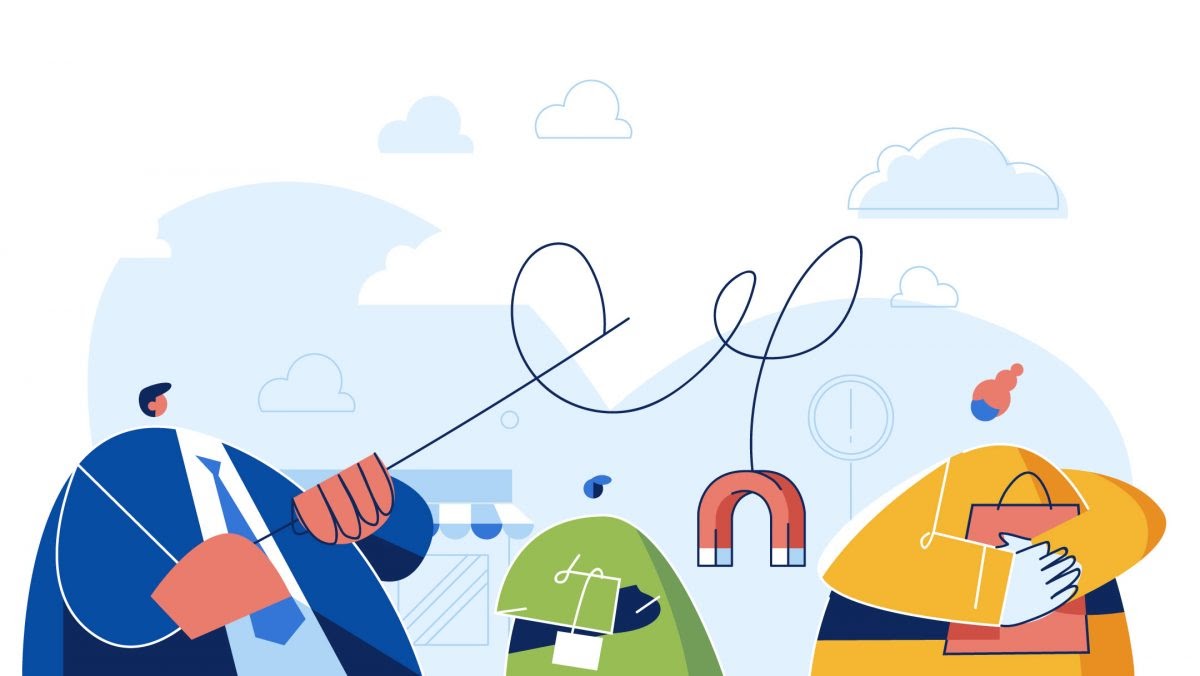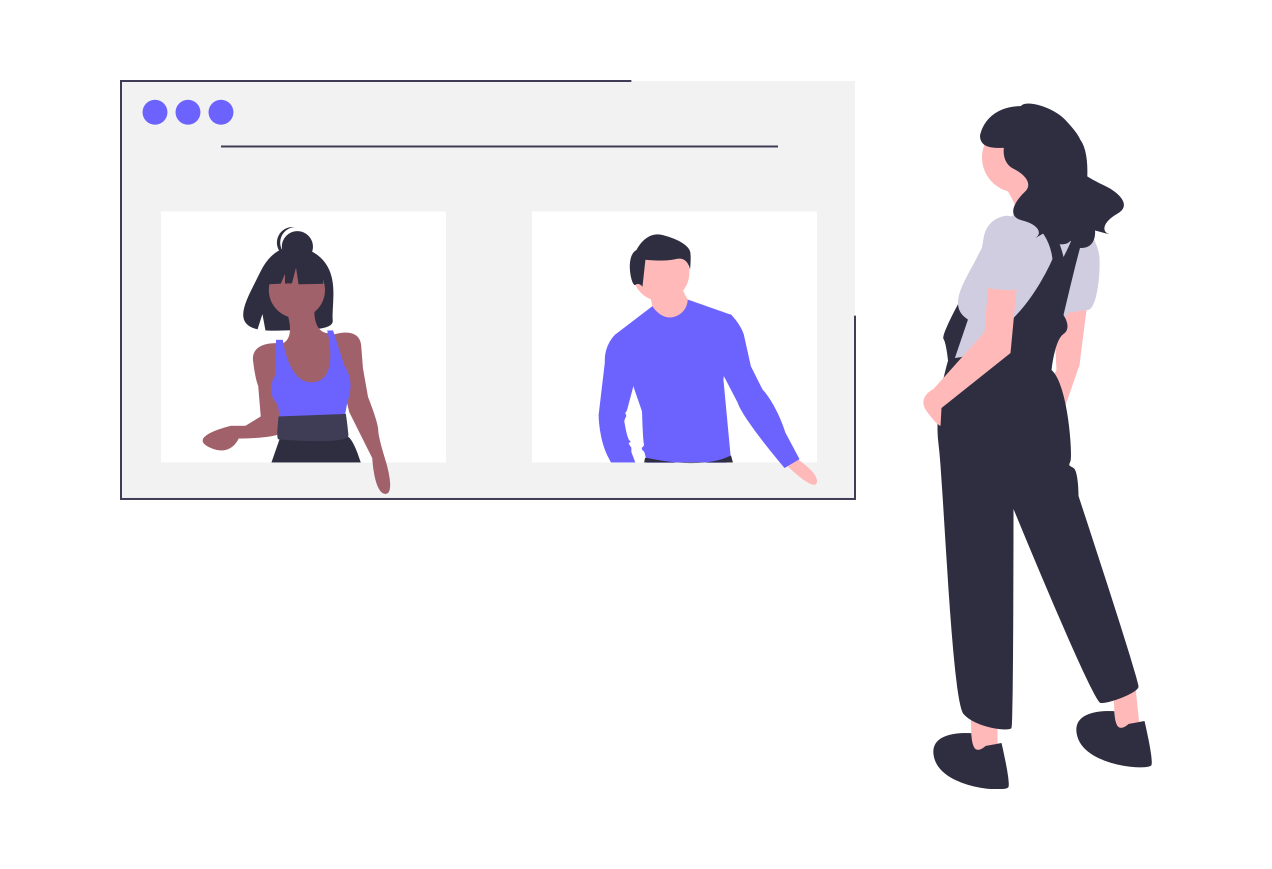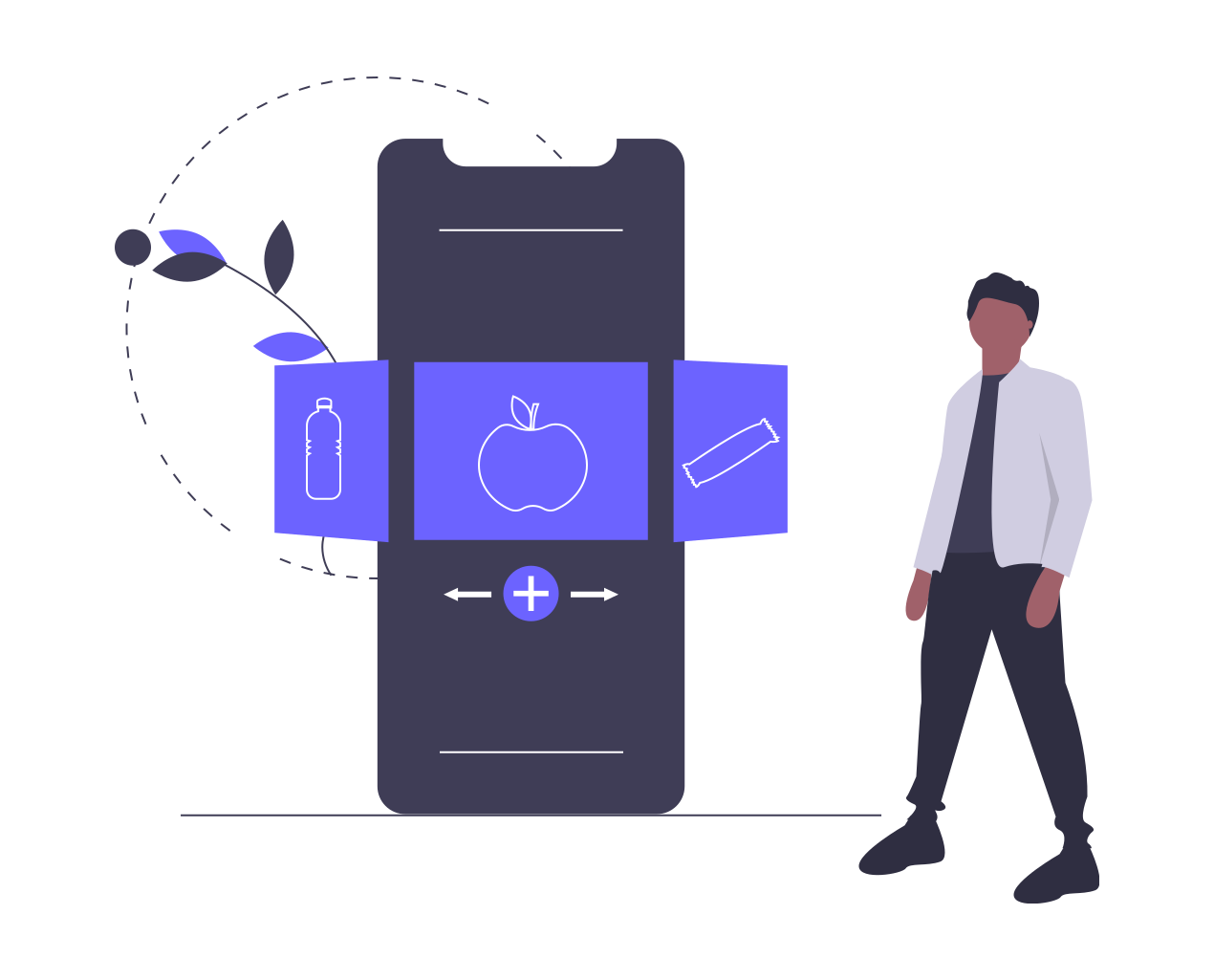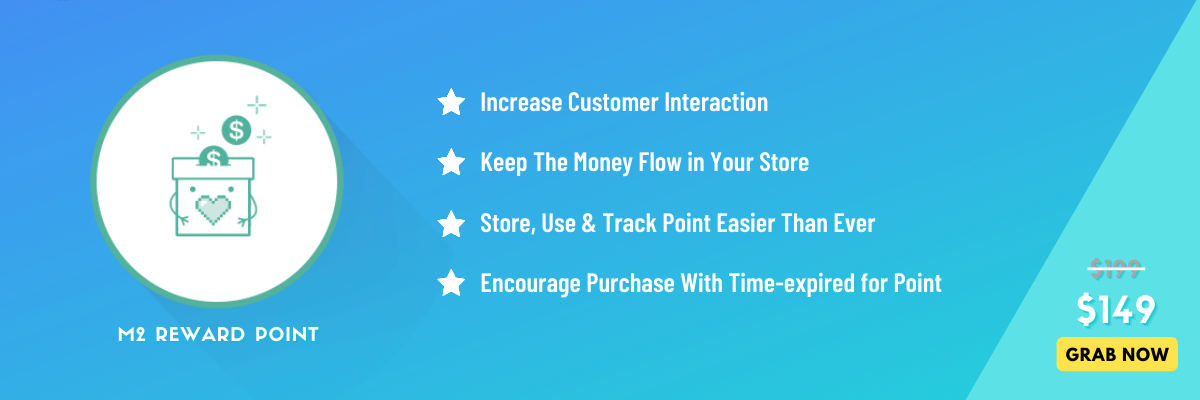Although the shape of the business landscape has changed dramatically in recent years, the fundamental principles remain very much the same.
To be a success, organizations must offer a valuable product or service and they must do so in a way that positions them above their competitors.

Achieving the first of those two aims is all well and good, but without an effective, focused marketing strategy they’ll fall short of reaching that second objective.
When that happens, they’re in danger of descending into mediocrity and struggling to stand out from their rivals.
So many resources are focused on driving growth through promotion and new business acquisition. But there is an essential second element to any marketing strategy, and that is customer retention.

With an established consumer base, organizations can shape their campaigns accordingly and strive to attract a broader clientele. Without that strong foundation from which to build, it’s a constant battle to grow the brand and become a major player in their sector.
With that in mind, it’s clear that ecommerce loyalty programs can prove a crucial component in a company’s development. But how do they work, what are their benefits and how do they fit into existing strategies?
How do loyalty programs work?
Table of Contents
Not all businesses are the same, which means they are likely to want different things from their loyalty programs.
To begin with, some may even choose to build their own platform in order to shape the program to their exact specifications.
That can prove time-consuming and expensive, though, which is why ecommerce platforms such as Magento are widely used since it’s open-source.

CHECK the ecommerce development cost break down for 2021
There are also different types of loyalty programs. Some examples of these include:
- Earn and burn: A popular program template where customers make purchases and earn points, which can then be used in future transactions.
- Perks: Where customers who sign up to the program receive additional benefits, such as regular discounts or free shipping.
- Tiered: Members of these types of programs are encouraged to spend more to reach higher tiers and therefore gain access to a wider range of benefits.
And different loyalty programs will be launched with varying deliverables in mind. For example, a KPI of a certain program could be to:
- Increase the average value of a customer’s basket
- Increase a customer’s purchase frequency
- Increase customer lifetime value (CLV)
How do loyalty programs fit into existing marketing strategies?
In the era of modern technology, an ecommerce organization’s marketing strategy is likely to be comprise of many different strands, including:
- Website
- Mobile apps
- Targeted ads
- Social media
- PPC
And the best loyalty programs will be able to harness most or all of these channels in order to target as many people as possible.
Studies show that 61% of retailers identify customer retention as their greatest challenge, while more than two-thirds of consumers (69%) are influenced by where they can earn loyalty rewards and benefits.

With those statistics in mind, it’s vital that a loyalty program does not simply sit alongside the marketing channels mentioned above, but instead works in conjunction with them.
That means the dual purpose of those various avenues is to promote the product/service and endorse the benefits of becoming a loyalty program member.
What are the benefits of loyalty programs?
In order to encourage customers to sign up, a loyalty program must offer prospective members a range of benefits.
Research shows that 57.4% of consumers join such programs to save money, while 37.5% do so in order to receive rewards. That data helps to shape the perks that businesses build into their programs, including:
- Points to be built up and used for future purchases
- Regular discounts
- Free shipping and delivery
- Priority over non-members
- Incentives for referring other customers
Studies have shown that 83% of people trust recommendations they receive from friends or family, which makes that last point especially pertinent. The concept of turning shoppers into brand ambassadors can be pivotal to a program’s success.
While the customer is rewarded for their loyalty, they pay that forward by introducing others to the brand – just one of the benefits for the business itself. Others include:
- It costs less to retain a customer than attract a new one, and research shows that loyalty members contribute 43% towards annual sales.
- Organizations can use the data mined from the program to build relationships with their customers and deliver a more personal experience that will increase the likelihood of retention.

- Members of a loyalty program are found to be 47% more likely to make an additional purchase than non-members and the average repeat customer spends 67% more in months 31-36 than in months 0-6. That long-term relationship is worth investing in as the CLV will only increase over a greater period of time.
- A loyalty program offers a great vehicle for communication, and almost two-thirds (64%) of retailers believe it is the best way to connect with their customers.
Which industries do loyalty programs benefit the most?
The modernization of the business world means organizations across almost all sectors are able to use loyalty programs as part of their overarching marketing strategy.
However, companies within these industries offer some of the more common and well-known examples:
Retail
Arguably the sector where loyalty programs are most widely used. Food stores, fashion outlets, tech vendors and a huge range of other businesses offer loyalty programs to entice new customers and enhance retention rates.
On a global scale, Amazon Prime is an ecommerce behemoth, boasting 126 million members in the U.S. alone and offering various perks including next-day delivery.
Tourism & Hospitality
Airlines offer frequent-flyer programs, which reward regular customers with points or air miles. These are accrued with each purchase and can be redeemed when booking other flights in the future.

Hotel chains such as Hilton also use loyalty programs where members benefit from faster check-ins and room upgrades.
Beauty
Cosmetics retailers, hair salons and nail bars are all businesses which rely heavily on repeat customers and therefore use loyalty programs to ensure they continue to grow.

Kiehl’s has a tiered program that offers a range of benefits from annual points to invitations to events, depending on a customer’s level (from silver to black diamond).
F&B
A lot of food and drink outlets reward their customers with incentives to keep coming back and purchasing their products.

For example, coffee giant Starbucks allows consumers to collect stars whenever they make a purchase. As these are accrued, the customer can receive free drinks and a range of other perks.
Gaming
This sector has been revolutionised by in-app purchasing, and regular players can now be rewarded in a number of ways.

For example, EA’s ultimate team mode on the likes of FIFA, Madden and NHL allows returning players to benefit from free packs as a reward for their continued loyalty.
Wrap up
The above are just a handful of examples of how some of the world’s largest organizations have used loyalty programs as a way to boost their brand and improve customer retention. Their success is proof that these programs have a pivotal part to play in any modern business’ marketing strategy.
And for Magento users, you don’t need to build a loyalty program from scratch. BSS has the perfect tool for you.

